Course Reviews
Teeing Off Amid the Wild: Golf and Safari Adventures in Botswana and Beyond
Explore 33,000+ golf courses in 180 countries.
Follow the latest news and trends in golf.
Connect with like-minded golfers.
Find everything you need for your golf equipment and gear needs.
Travel, golf resorts, lifestyle, gear, tour highlights and technology.
All Square
Suggestions
Course Reviews
Teeing Off Amid the Wild: Golf and Safari Adventures in Botswana and Beyond
Course Reviews
The Open Championship: History and Heritage
Clubs
What’s in the Bag: Chris Gotterup at the 2025 Scottish Open
Amateur Golf
Mastering the Wind: How to Play Better Golf in Blustery Conditions
Course Reviews
Luxury Golf Trips to Fiji and the South Pacific
Course Reviews
Golfing in the Heart of Tuscany
Clubs
Brian Campbell’s Winning WITB at the 2025 John Deere Classic
Accessories
The Best Cart Golf Bags
All Square
Norway’s Golfing Elite: All Square’s Top 10 Courses
Course Reviews
New South Wales Golf Club: A Coastal Gem in Sydney’s Crown
Course Reviews
The Els Club Vilamoura: Golfing Grandeur in the Algarve
Clubs
Unveiling the Callaway Elyte Drivers and Fairway Woods
Course Reviews
Australia’s Top 10 Golf Courses for 2025: All Square Rankings
Clubs
Blade VS Cavity Back Irons: Which One is Right for You?
Gear
Golf Shoes Reviews 2025: Top Picks and Trends
Course Reviews
Unveiling China’s Elite: The Most Exclusive Golf Clubs
Course Reviews
Punta Espada Golf Club, the Dominican Republic
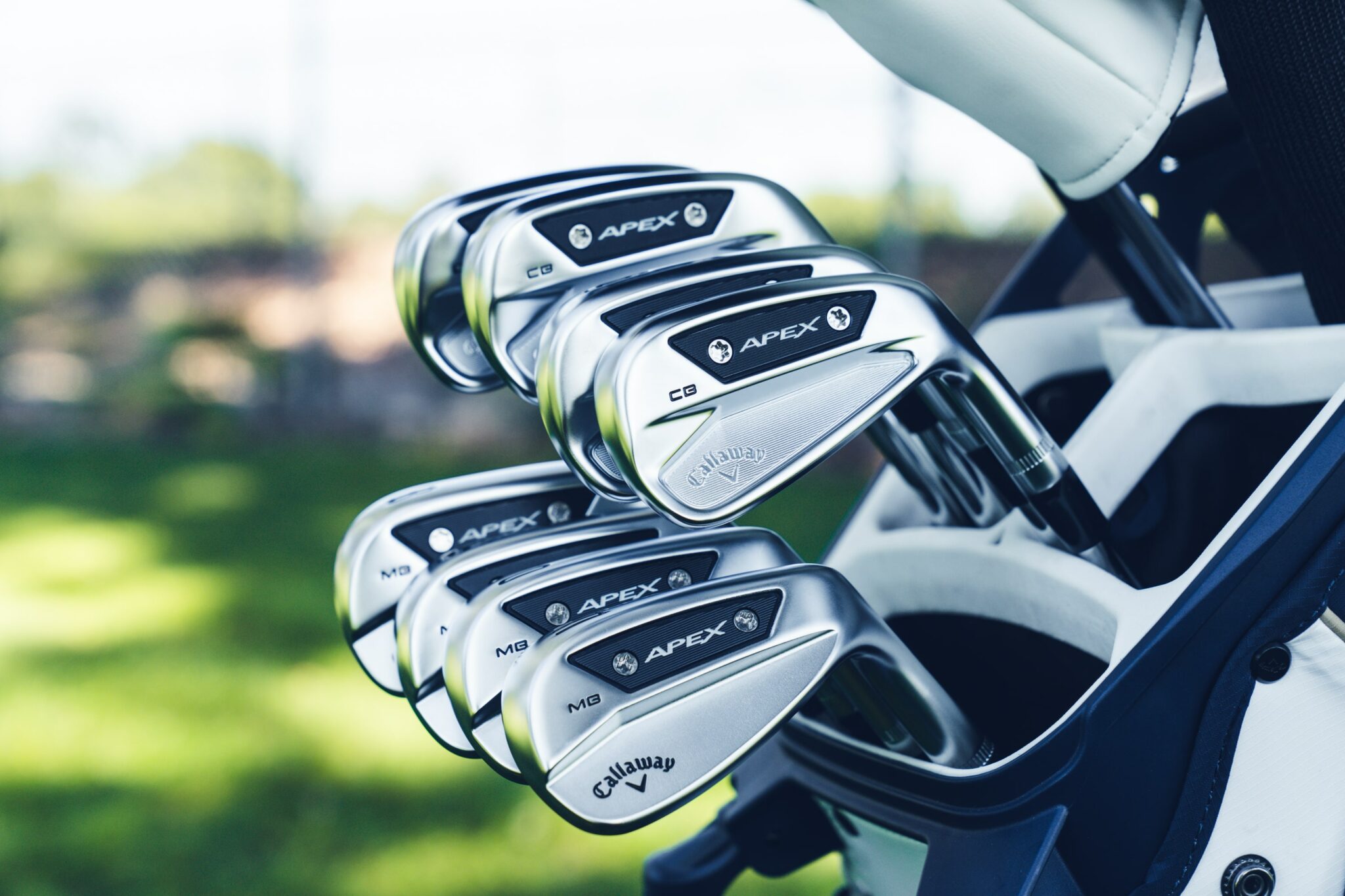
The debate between blade and cavity back irons has been a topic of discussion among golfers for decades. Both types of irons have their unique characteristics, and understanding their differences can significantly impact your game. Whether you’re a seasoned player or just starting, knowing which iron suits your swing and skill level is crucial for improving your performance on the course.
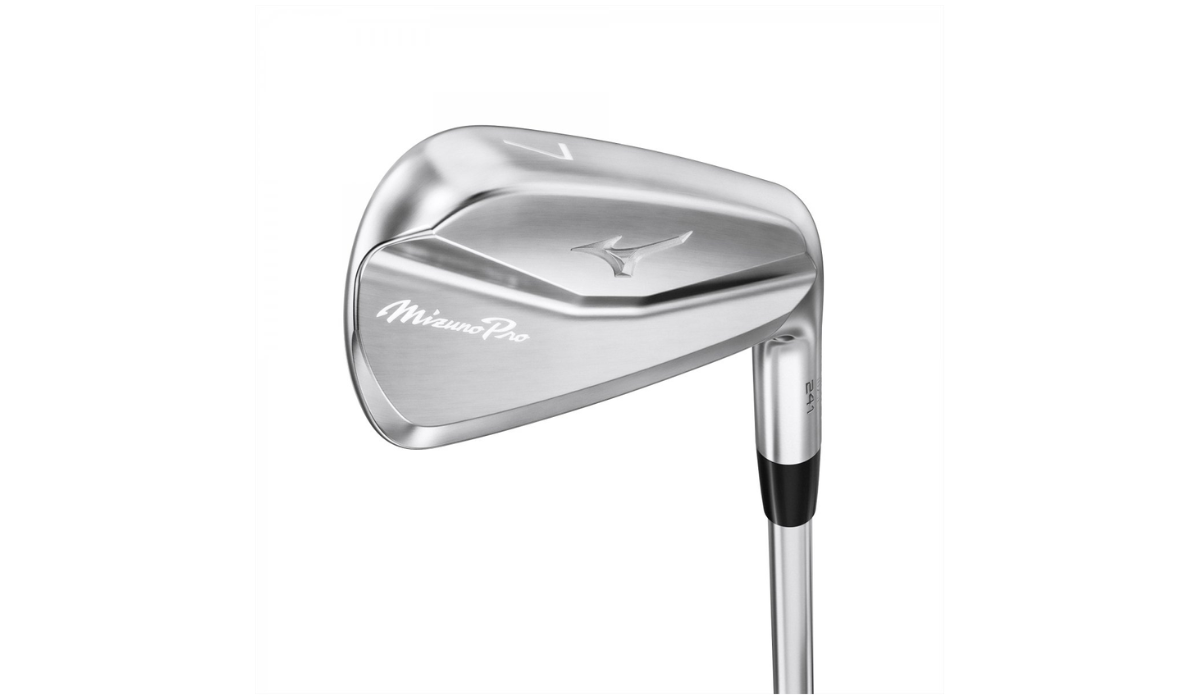
Blade irons, often referred to as muscle backs, have a long history in golf. Traditionally, these clubs were the standard choice for professionals and highly skilled players. Their sleek, thin profile and compact head design provide a pure feel and exceptional control. Made from a single piece of forged metal, blades offer a consistent and responsive striking surface. This construction enhances the player’s ability to shape shots, making them ideal for those who prioritize precision and workability over forgiveness.
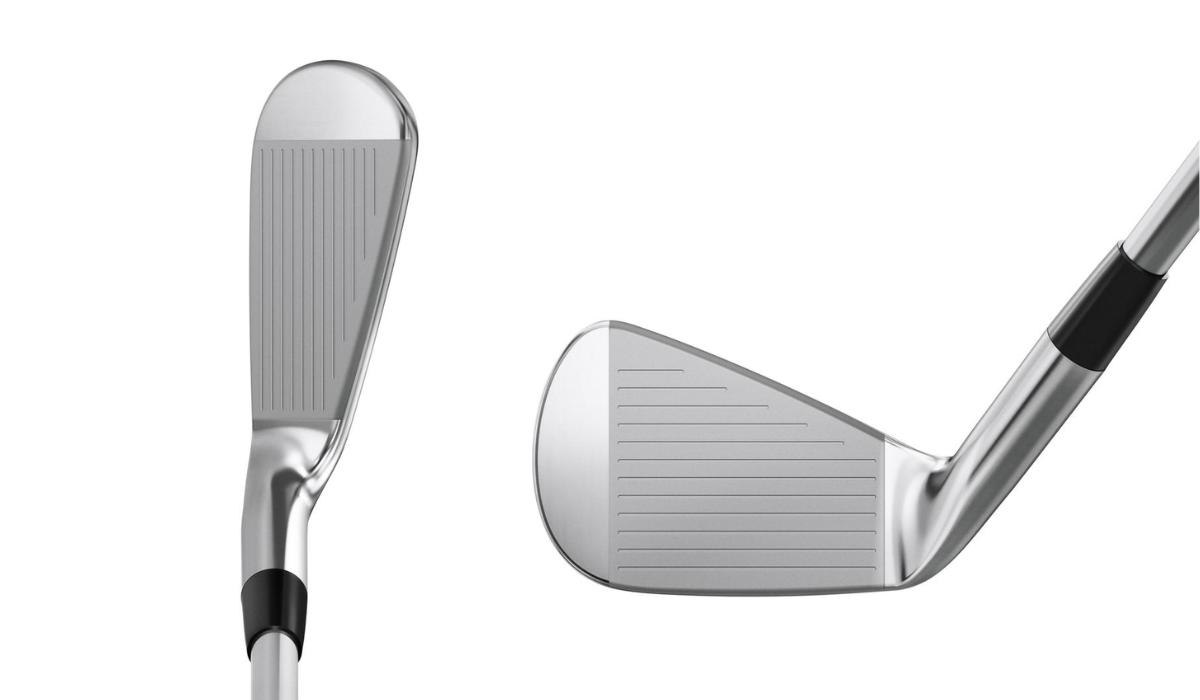
One of the defining features of blade irons is their weight distribution. Unlike cavity backs, which redistribute weight to the perimeter of the clubhead, blades concentrate mass behind the center of the face. This design promotes a more consistent ball flight and gives experienced players the ability to execute complex shot shapes, including draws and fades. However, this same feature can be a drawback for beginners or high-handicap golfers, as off-center hits result in the significant distance and accuracy loss.
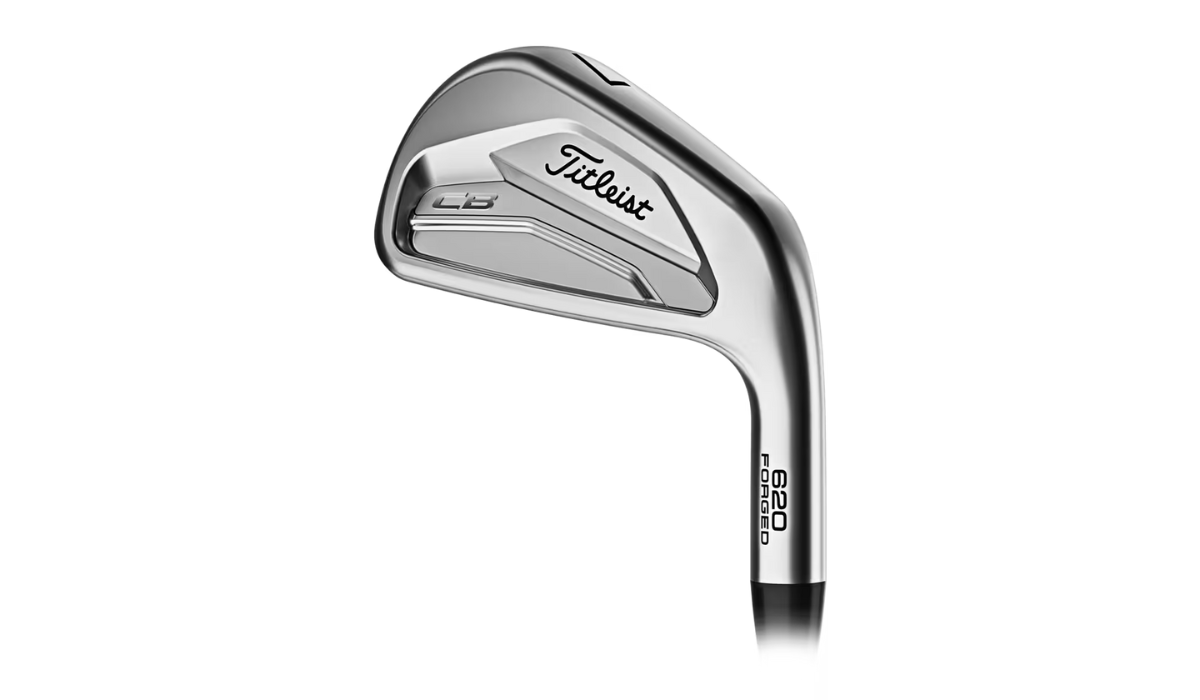
Cavity back irons emerged as a game-changer in golf equipment technology. Unlike blades, cavity back irons have a hollowed-out back portion of the clubhead, which allows manufacturers to redistribute weight to the perimeter. This weight distribution increases the moment of inertia (MOI), reducing the impact of mishits and providing more forgiveness.
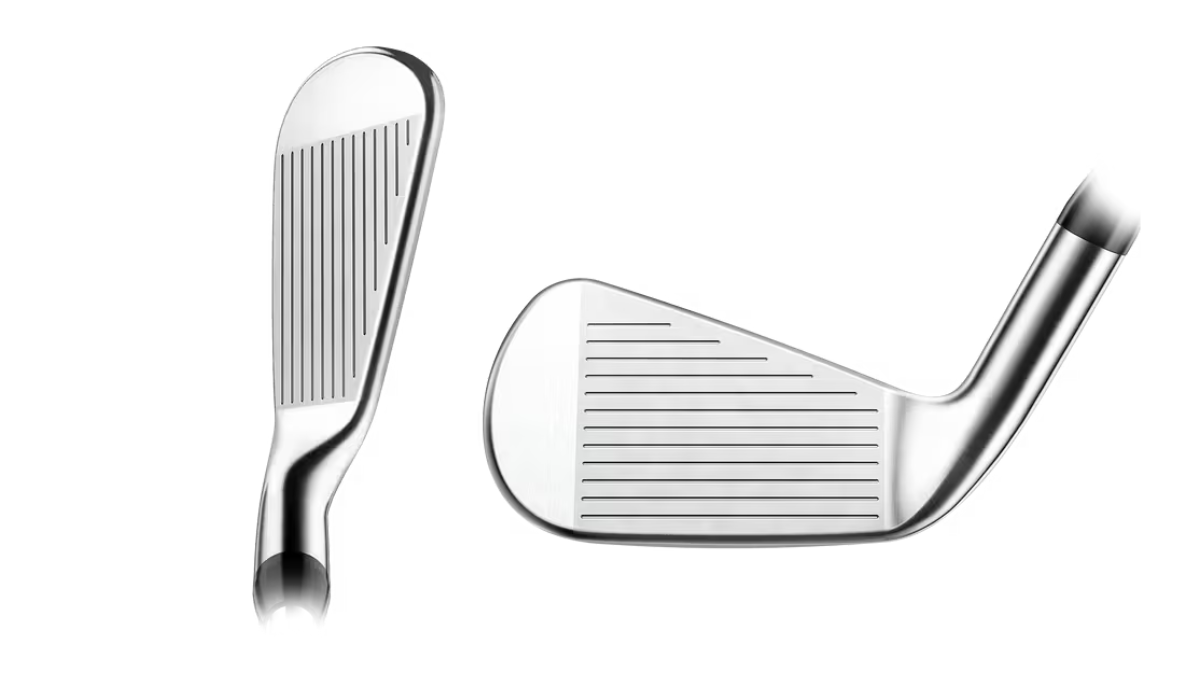
The perimeter weighting of cavity back irons makes them ideal for mid-to-high handicappers who need more consistency in their shots. These clubs offer a larger sweet spot, meaning that even off-center hits can still travel a reasonable distance with minimal deviation. Additionally, cavity back irons are often made using cast manufacturing processes, allowing for intricate weight distribution and advanced design features that optimize performance.
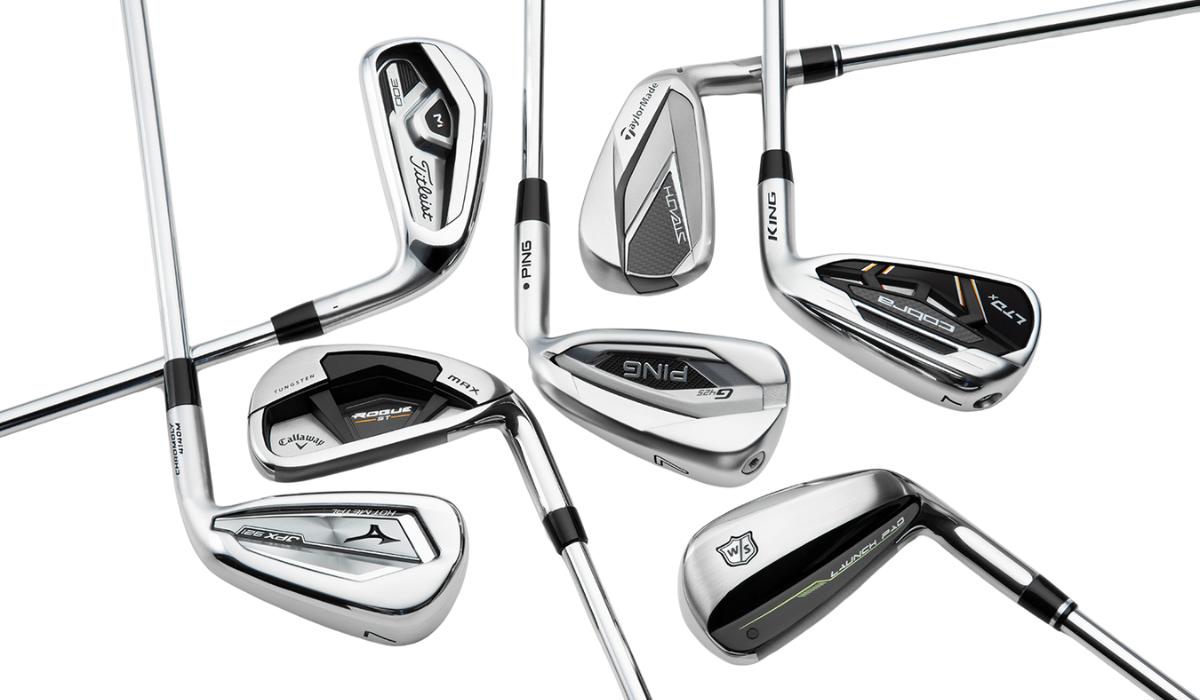
One of the most significant differences between blade and cavity back irons is the feel. Blades provide a soft, responsive impact that allows skilled players to detect even the slightest variations in their shots. This feedback is crucial for golfers who rely on precision and control. On the other hand, cavity backs tend to have a firmer feel due to their construction and added weight distribution, which helps minimize vibration on mishits.
When it comes to forgiveness, cavity backs take the lead. The design compensates for slight errors in swing path and contact, ensuring more consistent results. Beginners and recreational golfers often benefit from the added forgiveness, as it helps maintain performance even when their swings are not perfect. Blades, while offering unparalleled shot control, are far less forgiving and require precise ball striking.
Workability is another key aspect where blade irons shine. The ability to shape shots with precision makes them the preferred choice for professional and low-handicap players. Cavity backs, due to their weight distribution and design, naturally promote straighter shots but at the cost of reduced workability.
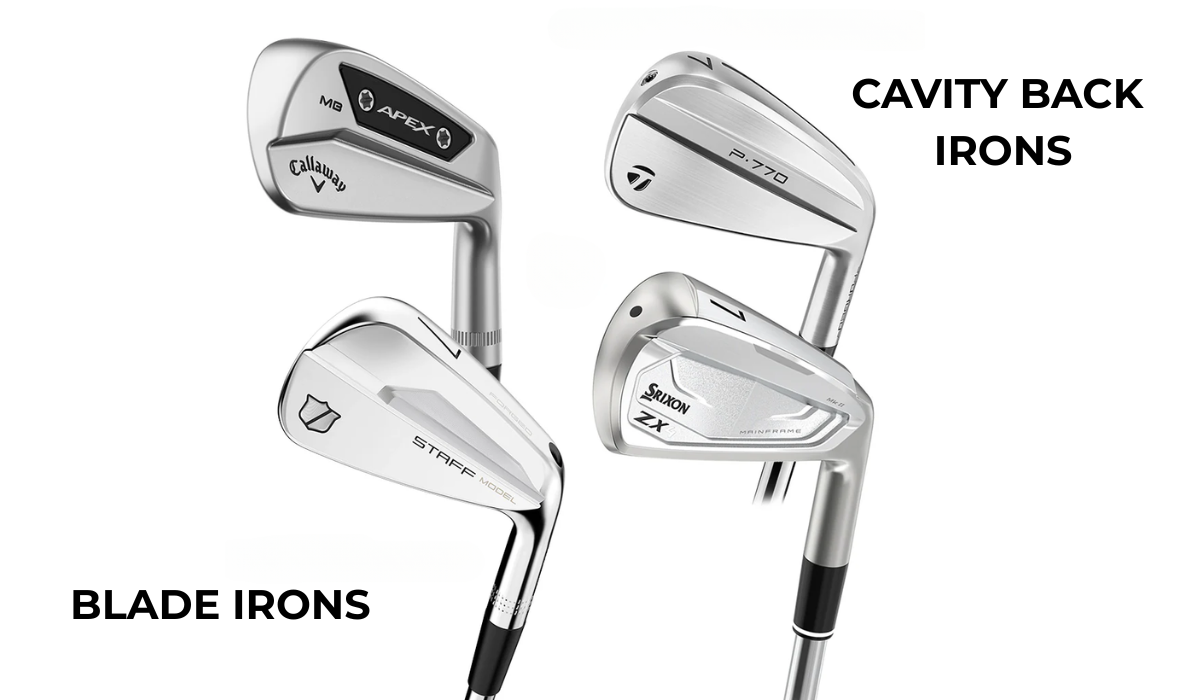
The decision between blade and cavity back irons ultimately depends on your skill level and playing style. If you’re an advanced golfer with a consistent swing and a desire for ultimate shot control, blades may be the better choice. The rewarding feel and workability of these irons can help fine-tune your game and allow you to execute shots with precision.
Conversely, if you’re a mid-to-high handicapper looking for added forgiveness and consistency, cavity back irons are the smarter option. They help mitigate errors, provide better distance on off-center hits, and generally make the game more enjoyable for those still refining their technique.
Some golfers opt for a blended set, incorporating cavity back irons in the longer clubs for added forgiveness and using blade irons in the shorter clubs for enhanced control around the greens. This hybrid approach can provide the best of both worlds, offering both forgiveness and shot-shaping ability where needed.
Titleist Vokey Wedge Grinds: Which One is Right for Your Game?